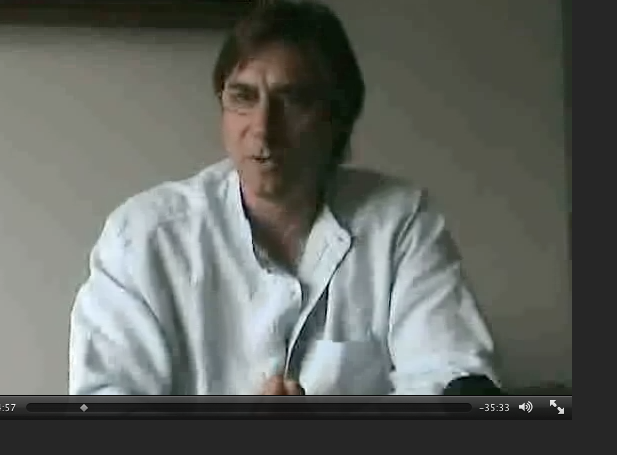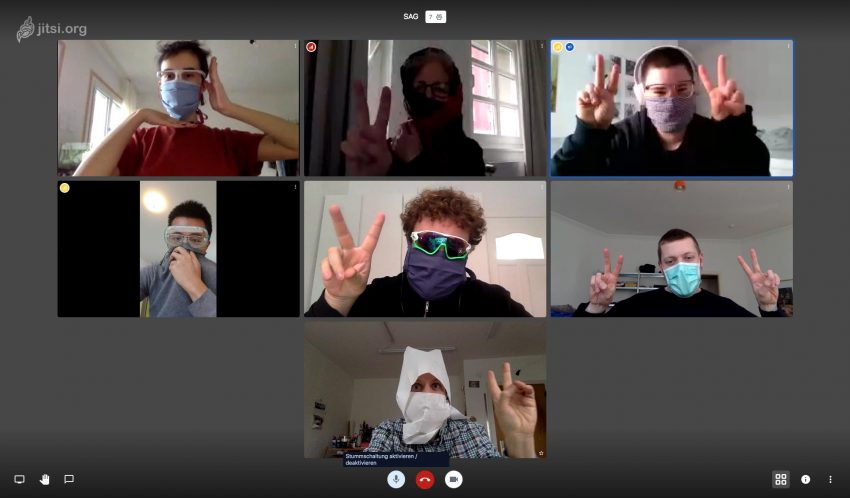
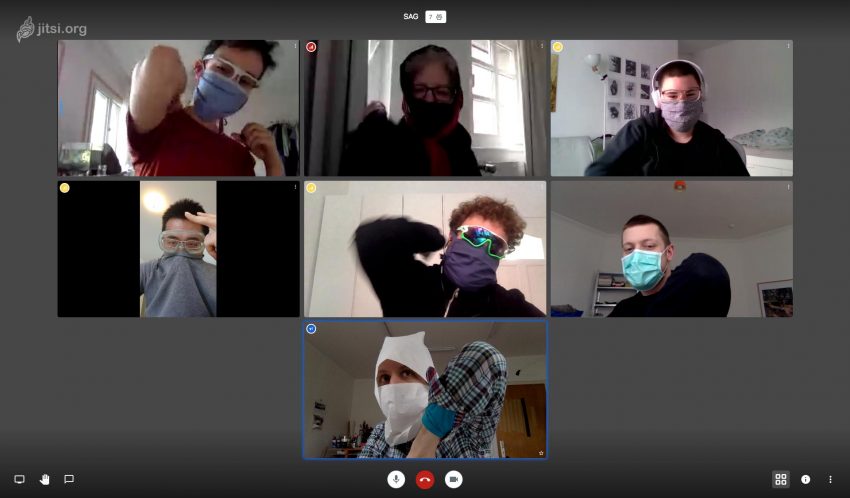
First tests confirm safety and security of video seminars. To be continued.
“The sky’s an unusual colour
The weather is doing unusual things
And our leaders aren’t even pretending not to be demons
So where is the good heart to go but inwards?
Why not lock all the doors and bolt all the windows?
All I am are my doubts and suspicions
I against you against we against them”
(Kate Tempest, 2019)Continuing from last semester’s live situative set-ups, we’ll look at space and its potentials for adventure, risk, unpredictability, proximity, intimacy and presence.
Taking into account the various understandings of the concept of distance that were brought about by worldwide realtime communication over the last 160 years, we’ll foreground central issues like accessibility, safety and security, and how to (re-)establish room for trust, play and maneuver.
What are the possible ways to query space, taking the role of the observer or the associate, the insider?
As a praxis seminar, the focus is for the students to develop new methods and approaches, especially those that cross diverse media in a performative way.
This was to be the Summer term 2020 seminar, as planned in November 2019. The Kate Tempest quote about locking yourselves in worked out, especially for everyone who is currently in Coronavirus self-isolation. Making new plans now, will let you know asap.
The Surveillant Architectures blog has now moved from blog.khm.de to http://sag.khm.de. Nothing lost!
Happy to advise if you think this could be something for you…
We shop online. We work online. We play online. We live online. As our lives increasingly depend on digital services, the need to protect our information from being maliciously disrupted or misused is really important.
This free online course will help you to understand online security and start to protect your digital life, whether at home or work. You will learn how to recognise the threats that could harm you online and the steps you can take to reduce the chances that they will happen to you.
https://www.futurelearn.com/courses/introduction-to-cyber-security
What is this, a symbolic action? A ritual? Will it catch on?
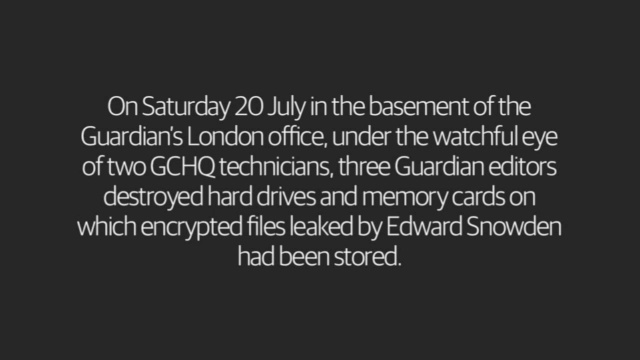
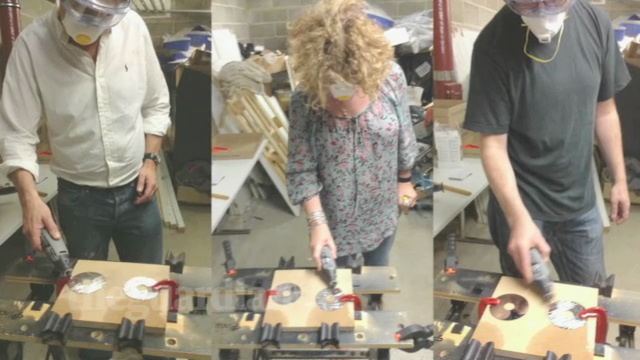
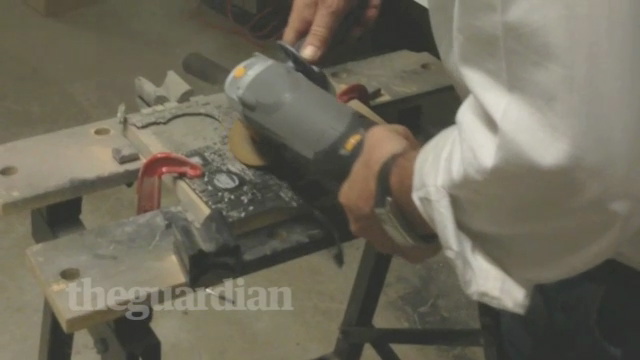
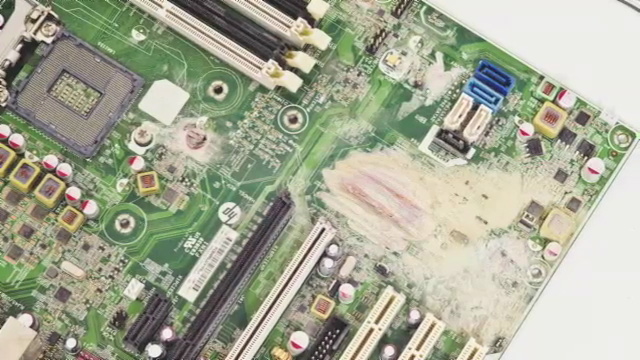
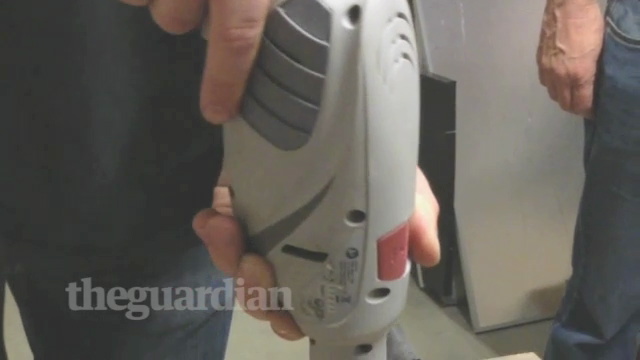
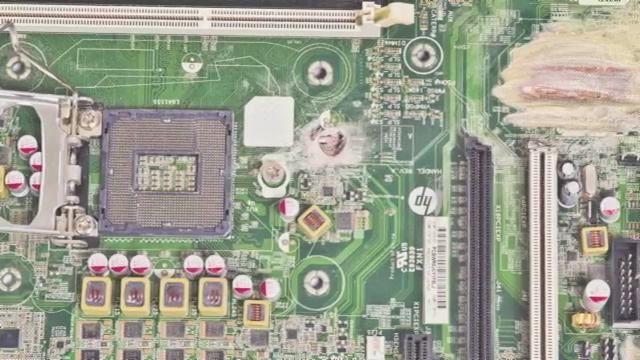
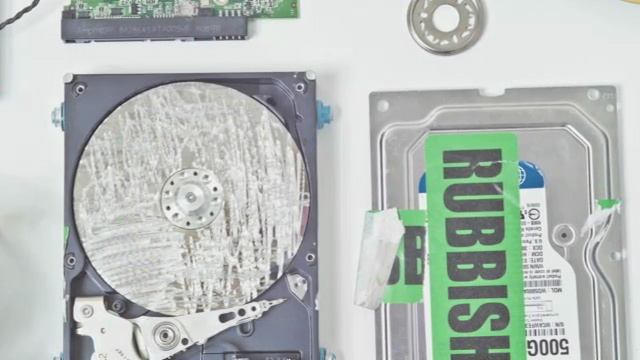
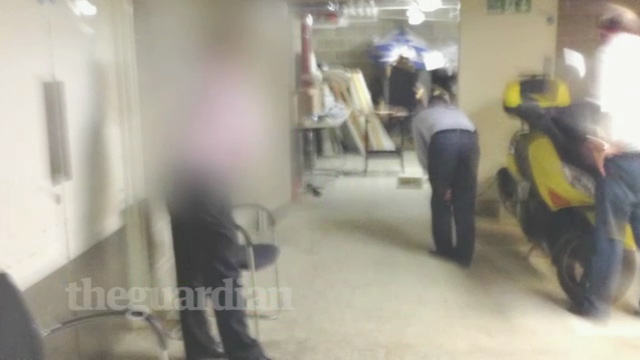
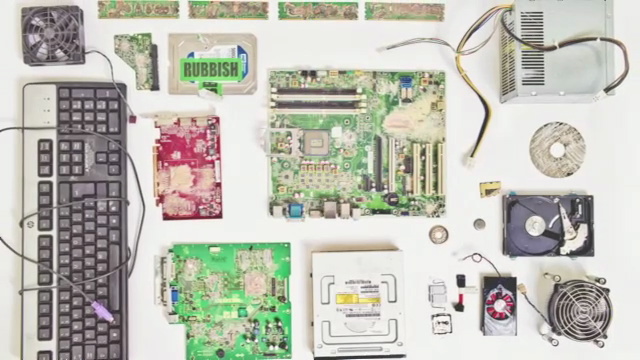
Founded in Coventry (England) in 1968 by Michael Baldwin, Terry Atkinson, David Bainbridge and Harold Hurell, Art & Language brought together the work that these artists had been creating jointly since 1965. A year later, they published the first issue of the homonymous magazine Art-Language, a publication that reflected on theoretical problems of conceptual art and became a platform from which to develop the group’s projects. During 1969 and 1970, Mel Ramsden, Ian Burn, Joseph Kosuth and Charles Harrison joined the group, which eventually ended up bringing together more than thirty artists in subsequent years. Since 1977, Art & Language has consisted of the artistic collaboration between Michael Baldwin and Mel Ramsden, with the theoretical contribution of the historian and art critic Charles Harrison, who died in 2009.
SON[I]A
We looked at her work extensively today in seminar, but to recap and for further looking and reading, here’s a list of online materials. (Don’t forget there are quite a few catalogues in the KHM library; we also have a rare 1992 interview on VHS.)
The show at the Ludwig opens this Saturday. Also, on Friday 21. June, 2013, at 19h, there is a we’ll see the Europe-premiere of her new performance : “Men on the Line” (Museum Ludwig cinema.) Recommended!
2001 Little Frank and His Carp (Video, 6 minutes, on ubu.com)
2003 “Official Welcome (Hamburger Kunstverein)” (Video, 30 minutes, on ubu.com)
In part I this interview she talks about this piece and about the part where she strips naked. Quote:
“It is my body, in this underwear. And then I take the underwear off and I’m nude; I joke that, yes, I finally joined the grand old tradition of nudie performance art. And my other joke is that I’m not really nude because I’m in quotation marks. But, of course, I am.
Part of the reason I decided to do that was precisely to close that gap, to collapse the distance between myself as the artist named Andrea Fraser and these other positions that I was performing. And to make that distancing more difficult and problematic.”
In the 2nd part of the interview she talks about later works and writings, including “Men on the Line”, later to be shown here in Cologne (you can download the interview as a podcast here):
2011 Texte zur Kunst, “Speaking of the Social World” / “Über die soziale Welt sprechen” (German translation)
The Whitney website holds her contribution to the 2012 Whitney Biennial: “L’1% C’est Moi” & “There’s No Place Like Home”
CFP: The Second International Conference on TRANSDICIPLINARY IMAGING at the Intersections between Art, Science and Culture
Takes place on 22 * 23, June at Victorian College of the Arts, Federation Hall, Grant Street, Southbank, Melbourne 3006 Call for papers: Interference strategies for art Deadline for Abstracts: March 30, 2012
The Transdisciplinary Imaging Conference seeks papers that explore the theme of *Interference* within practices of contemporary image making. Today we*re saturated with images from all disciplines, whether it*s the creation of *beautiful visualisations* for science, the torrent of images uploaded to social media services like Flickr, or the billions of queries made to vast visual data archives such as Google Images. These machinic interpretations of the visual and sensorial experience of the world are producing a new spectacle of media pollution. Machines are in many ways the new artists.
The notion of *Interference* is posed here as an antagonism between production and seduction, as a redirection of affect, or as an untapped potential for repositioning artistic critique. Maybe art doesn*t have to work as a wave that displaces or reinforces the standardized protocols of data/messages, but can instead function as a kind of signal that disrupts and challenges perceptions. *Interference* can stand as a mediating incantation that might create a layer between the constructed image of the *everyday* given to us by science, technological social networks and the means of its construction.
The Transdisciplinary Imaging Conference wants papers that ask:
· Can art interfere with the chaotic storms of data visualization and information processing, or is it merely eulogizing contemporary media?
· Can we think of *interference* as a key tactic for the contemporary image in disrupting and critiquing the continual flood of constructed imagery?
· Are contemporary forms and strategies of interference the same as historical ones? What kinds of similarities and differences exist?
The conference will explore areasrelated to: Painting, Drawing, Film, Video, Photography, Computer visualization, Real-time imaging, Intelligent systems, Image Science.
Participants are asked to address at least one the following areas in
their abstract: –
* Expanded image
* Remediated image
* Hypermediacy
* Expanded film
* Imaging science
* Computer Vision
* Networked Image
* Immersion
Conference chairs:
Professor Su BAKER Associate Professor Paul THOMAS
Conference Committee
Brad BUCKLEY :: Brogan BUNT :: Ted COLLESS :: Vince DZIEKAN :: Donal FITZPATRICK :: Petra GEMEINBOECK:: JulianGODDARD :: Ross HARLEY :: Martyn JOLLY :: Leon MARVELL :: Anna MUNSTER :: Daniel MAFE :: Darren TOFTS ::
Conference Partners
National Institute of Experimental Art, College of Fine Art, University of New South Wales; Victorian College of Art, University of Melbourne,.
Conference Sponsors
Australian National University, CurtinUniversity, Deakin University; Monash University; Queensland College of Art, Gold Coast Griffith University; Queensland University of Technology, RMIT University, Swinburne University; University of Sydney, Sydney College of the Arts, University of Technology Sydney, University of Wollongong.
Ein Interview mit Nils Zurawski (Betreiber des Surveillant Studies Network, Hamburg) anlässlich der Ausstellung des Künstlers Alexander Steig im kunstraum muenchen.
Spricht unter anderem über ‘was ist CCTV’:
http://www.surveillance-studies.org/2011/07/17/ausstellung-und-interview-zu-cctv/
